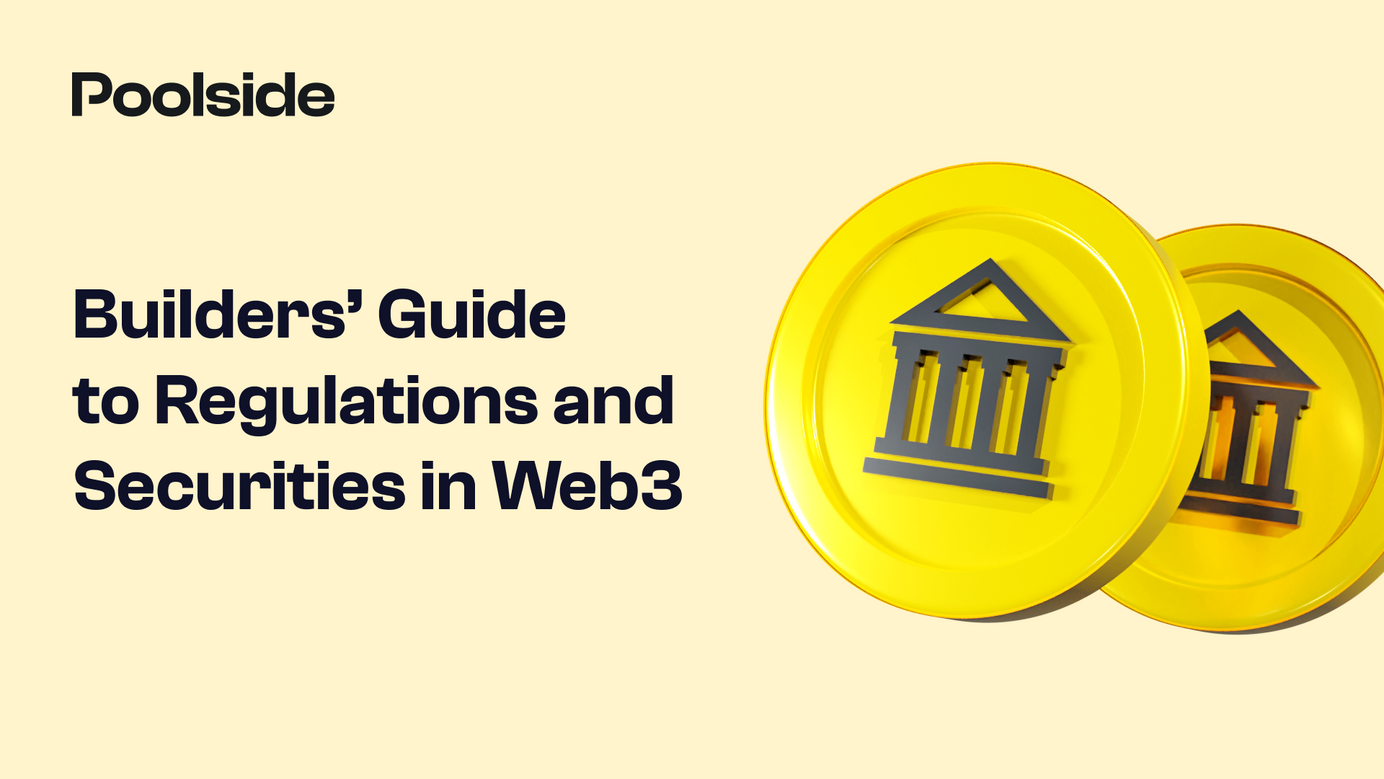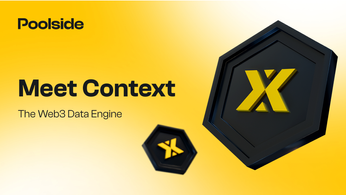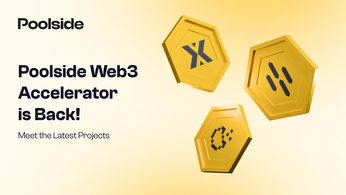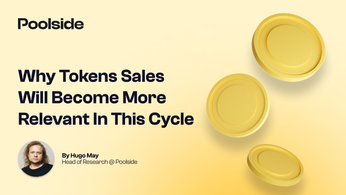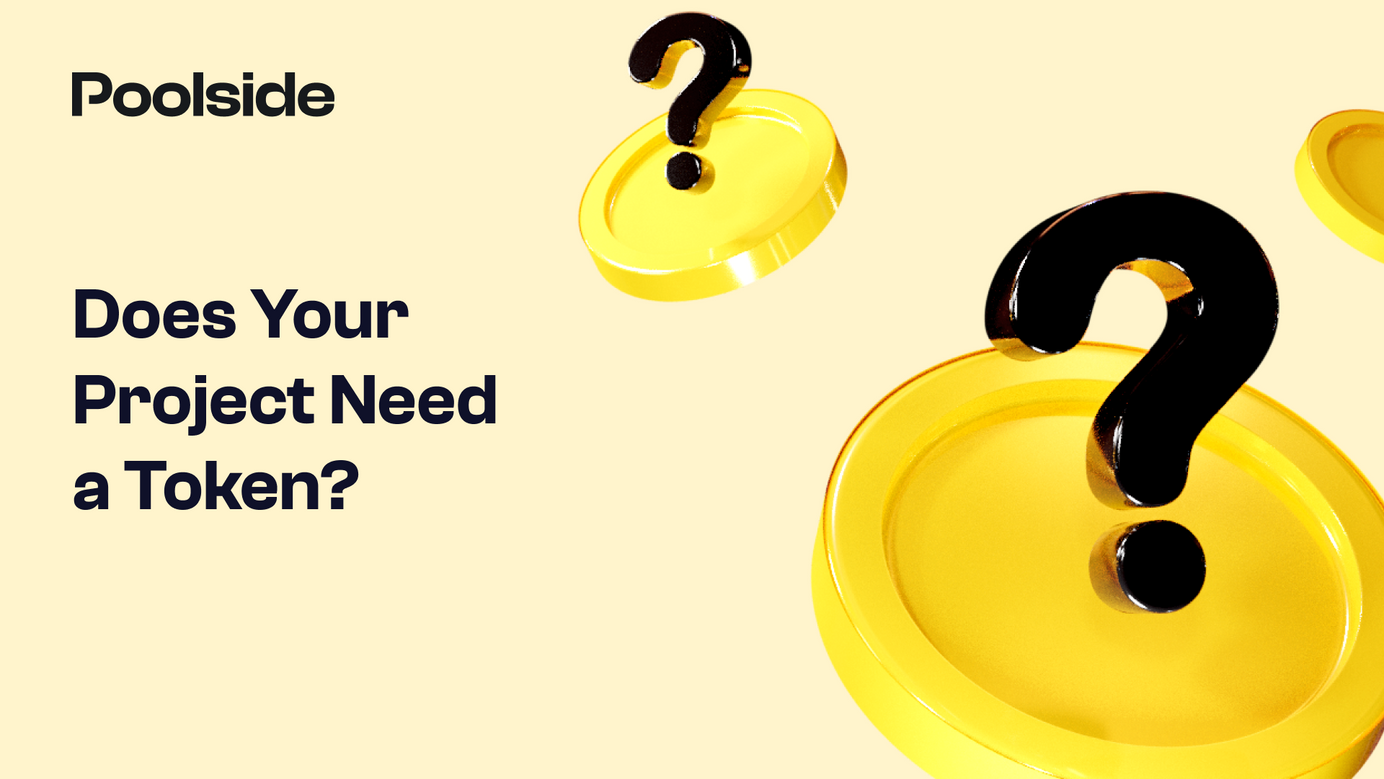
Does Your Project Need a Token?
Going beyond the tokenomics concept.
When building a Web3 project, one of the questions that will undoubtedly come up is whether you need a token. To answer this question, you need to understand the advantages and challenges a token can bring to your project. Tokens serve more functions in Web3 than just the role of fiat money in our current economy.
To determine if your project needs a token, consider if building a strong community is crucial for its business model. If so, a token is a no-brainer. However, the decision goes beyond this simple approach and deserves deeper exploration.
Project categories that benefit from a token
- L1 blockchain: to secure the blockchain, a native monetary asset is needed for all consensus algorithms to incentivize validators/miners and ensure their alignment.
- DeFi projects need a community of liquidity providers, users, and investors.
- Content creating and curating the platform needs creators and followers. Tokens can incentivize users to provide a service and improve products.
For these projects, adding users makes them more useful for everyone. However, new projects start with no users, meaning they can't offer any utility to new users. To overcome this, new projects must find innovative ways to reach a critical mass of users and achieve essential utility, further attracting new users and benefiting their business model. Tokens can help boost this process.
As Chris Dixon, general partner at Andreessen Horowitz, put it:
“Early on during the bootstrapping phase when network effects haven't kicked in, provide users with financial utility via token rewards to make up for the lack of native utility.”
Danger of introducing a token
Some projects don’t require a token, particularly if the business targets B2B customers. For instance, platforms providing developer tools, such as Chainstack and Moralis, often use a SaaS subscription revenue business model. For them, having a token is overkill.
One of the most common pitfalls of introducing a token is using it exclusively as a reward mechanism, without providing reasons for users to hold on to it. If the only thing they can do with the token is to sell it for cash, the token will have difficulty sustaining its value.
Going beyond Tokenomics
Many Web3 projects only focus on ‘tokenomics’ without giving their tokens a clear purpose. When speculation decreases, they cannot survive.
A well-designed token incentive system can create value by motivating the community to contribute to the project's ecosystem, creating a self-governance model that benefits the business.
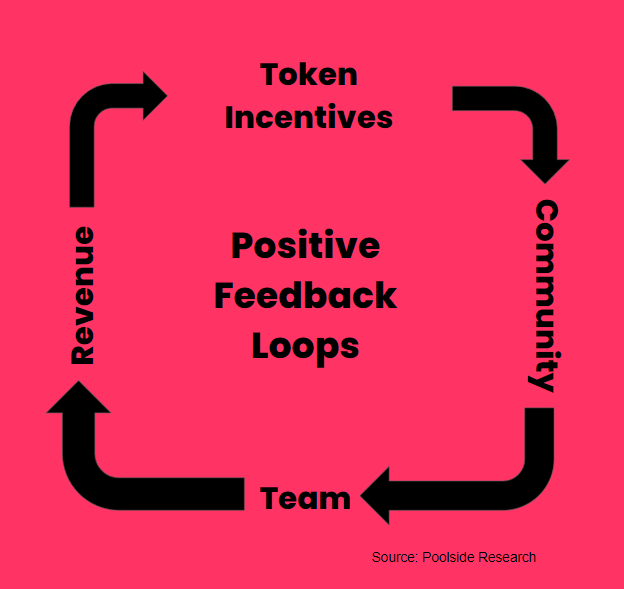
Projects that expanded their token reach beyond traditional tokenomics survived the bear market and emerged even more robust. GMX and Curve are great examples.
e. $esGMX tokens can be converted into GMX tokens through vesting.
— Polkastarter (@polkastarter) December 17, 2022
E.g. if you staked 1000 GMX & earned 100 esGMX tokens, then to vest 100 esGMX tokens, 1000 GMX tokens will be reserved.
f. Multiplier Points reward long-term holders without inflation.https://t.co/2eyxtKSoEQ
Moving Forward
Consider focusing on creating value with your tokens. Tokens should drive community incentives and governance, the critical elements of a token project's ability to create value. Vitalik Buterin, the founder of Ethereum, recently tweeted,
The first law of tokenomics: don't get your tokenomics advice from people who use the word "tokenomics"
— vitalik.eth (@VitalikButerin) July 7, 2022
Don't limit your project to just tokenomics. Tokens should balance business, incentives, and governance to hold everything together.
About Poolside
Poolside Web3 accelerator is a 12-week remote combined with a 1-week in-residence (Lisbon) program designed to take the project from inception to execution to market. Selected projects will access initial funding and mentorship in marketing, token economics, legal, funding, business, blockchain, listing, and others.
Poolside Newsletter
Join the newsletter to receive the latest updates in your inbox.



